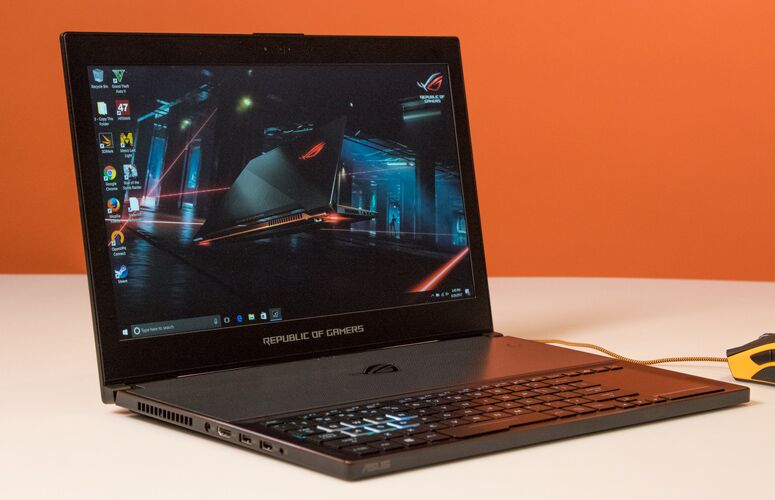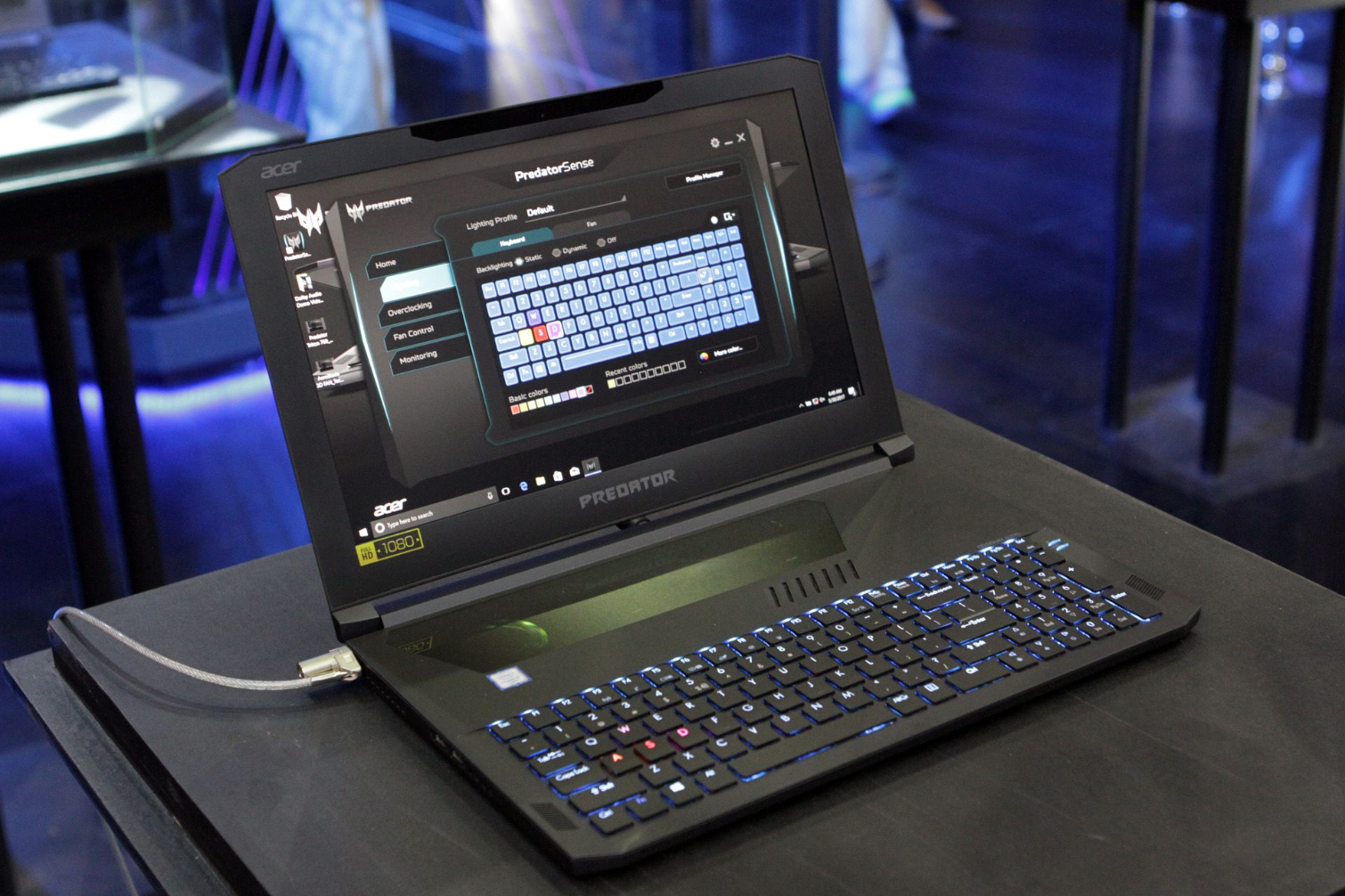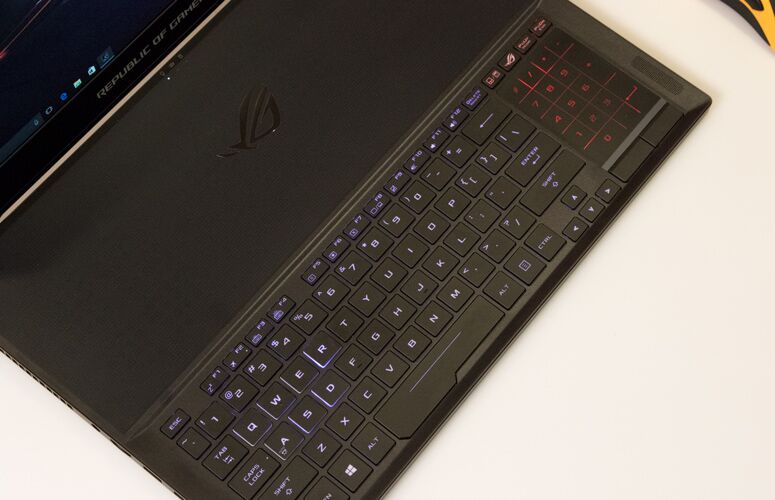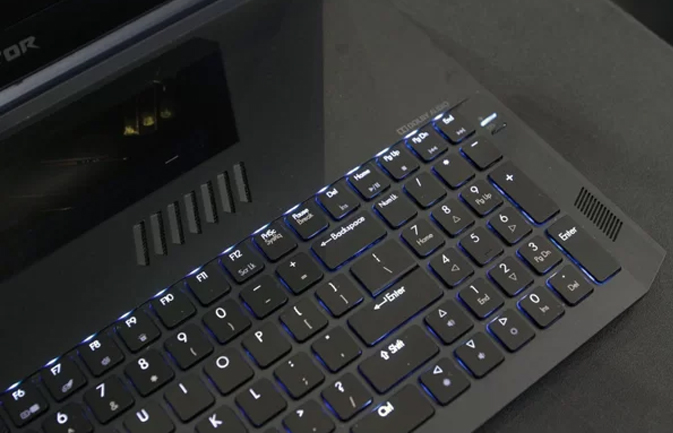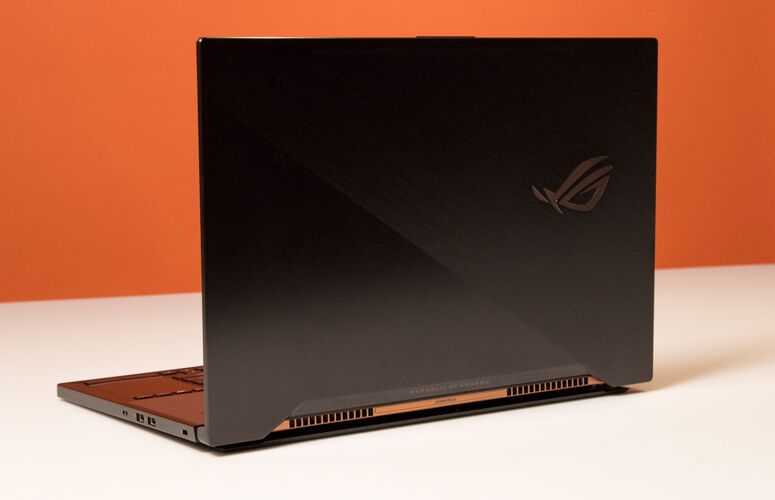Nvidia Max-Q: Everything You Need to Know
Your gaming laptop is about to get a lot slimmer and a heck of a lot more powerful, thanks to Nvidia's Max-Q design standard. But what is Max-Q exactly, and how does it work its magic? The following guide will help you learn the ins and outs of this new innovation and how it could affect your next notebook purchase.
Credit: Shaun Lucas/ Laptop Mag
What is it?
In a nutshell, Nvidia Max-Q is a combination of design, thermal and electrical solutions and software that allows for a slim gaming rig that can support a GPU as powerful as a GeForce GTX 1080 GPU. The term comes from aerospace engineering and refers to rockets designed for space launch.
What systems currently feature Max-Q?
Right now, there are only a handful of gaming notebooks that feature the new technology, including the Asus ROG Zephyrus, the Acer Predator Triton 700, the MSI GS63 Stealth Pro, the Aorus X5 MD and the Clevo P950HR. However, we expect to see more laptops with this technology by the end of the year. Keep in mind that Max-Q GPUs are available in only three variants: GTX 1080, 1070 and 1060.
Credit: Tom's Hardware
How does it work?
By working closely with laptop manufacturers, Nvidia has come up with a set of system parameters that allow gaming laptops to hit the golden trifecta: slimness, performance and cooling.
Credit: Shaun Lucas/ Laptop Mag
Sign up to receive The Snapshot, a free special dispatch from Laptop Mag, in your inbox.
When a Max-Q laptop is operating within that power/performance sweet spot, the GPU is consuming less power, which in turn produces less heat. A lower temperature means the fans won't have to spin as much, which means you get a much quieter system. And if all those gains weren't enough, you get to slap a graphics card as powerful as a GTX 1080 into a chassis that you can easily stow in a midsize messenger bag. In short, where other gaming laptops are going for power, Max-Q systems are aiming for efficiency.
Will Max-Q make my laptop quieter?
That's the plan. Thanks to all that efficiency, the graphics card will actually consume less power, which translates to less heat, so the fans won't have to spin as fast and make as much noise. But if you're looking for pin-drop quiet, you'll want to try the new WhisperMode tech.
Credit: Tom's Hardware
Available in Nvidia GeForce Experience, WhisperMode is supposed to further dampen the din of any whirring fans using Intelligent Frame Pacing and game settings optimized for efficiency. So let's chat about intelligent Frame Pacing (IFP), which puts a frame cap on games so they consume an optimal amount of power to cut down on noise. (Less heat means less fan noise, remember?)
The intelligent part of the moniker comes from Nvidia's research into how people configure their game settings. To date, the company has profiled over 400 games and created separate levels of frame pacing for each. That means every game will have a different frame cap based on the type of game versus detail settings and performance trade-offs.
How does Max-Q keep things so efficient?
Max-Q's main purpose is to keep your laptop in the optimal spot between performance and power usage. But depending on how you configure your game settings, power consumption will be different, especially if you're like me and play your games on maximum settings.
Credit: Shaun Lucas/ Laptop Mag
That's where Power Efficient Game Settings come into play. In order to keep everything at optimal performance, Nvidia is using the information it mined from 400 popular games and has chosen the settings that offer the best balance between smooth frame rates, sharp details and low GPU power usage.
Do the Intelligent Frame Pacing and Efficient Game Settings work with Nvidia G-Sync?
Absolutely. G-Sync comes in handy when you're trying to choose a targeted frame rate. So if you wanted to play Rise of the Tomb Raider or Overwatch at 40 fps on a 60Hz panel, you'd just go to your in-game settings and adjust the frame rates, and G-Sync would kick in and make sure your game is tear- and stutter-free.

Sherri L. Smith has been cranking out product reviews for Laptopmag.com since 2011. In that time, she's reviewed more than her share of laptops, tablets, smartphones and everything in between. The resident gamer and audio junkie, Sherri was previously a managing editor for Black Web 2.0 and contributed to BET.Com and Popgadget.
